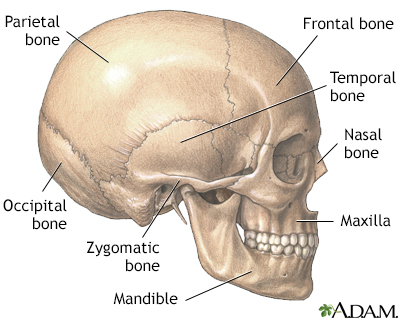

A similar layer, the endosteum lines the cavities within bone (such as the medullary canal, Volkmann’s canal and spongy bone spaces). In both types of bone, the external surface is covered by a layer of connective tissue, known as the periosteum. Lamella bone itself can be divided into two types – compact and spongy. It consists of highly organised sheets of mineralised osteoid. This organised structure makes it much stronger than woven bone. Lamellar bone (secondary bone) – The bone of the adult skeleton.It consists of osteoid (unmineralised ECM), with the collagen fibres arranged randomly. It is a temporary structure, soon replaced by mature lamellar bone. Woven bone (primary bone) – Appears in embryonic development and fracture repair, as it can be laid down rapidly.Under the microscope, bone can be divided into two types: This matrix is organised into numerous thin layers, known as lamellae. These crystals associate with the collagen fibres, making bone hard and strong. In addition to collagen and the associated proteins usually found in connective tissue, bone is impregnated with mineral salts, in particular calcium hydroxyapatite crystals.

The extracellular matrix (ECM) refers to the molecules that provide biochemical and structural support to the cells. It also plays a role in conditions such as o steoporosis. The balance of osteoblast to osteoclast activity is crucial in the maintenance of the tissue’s structural integrity.



 0 kommentar(er)
0 kommentar(er)
